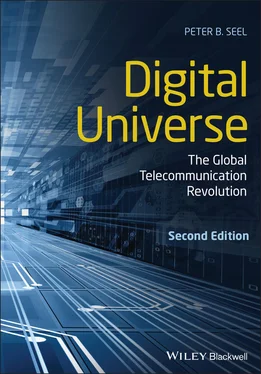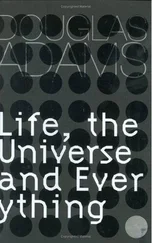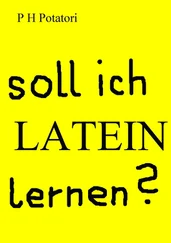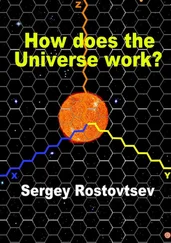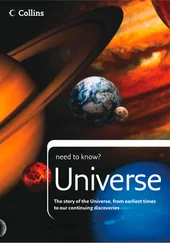The widespread adoption of email is part of its accursed blessing. In large organizations such as the university where I taught and conducted research, email is the primary means of asynchronous communication. It also means that any unread personal email will pile up in the university’s email servers (multiple powerful computers with significant storage capacity) until it is either read or deleted. One of the major disincentives to taking a long vacation or trip was the mountain of unanswered email that accumulated in one’s absence. Dealing with this backlog required that one return from a vacation a day early to sort through the important messages. Another option was to take along a laptop so that email could be read and easily answered while taking time to get away from the office. The faint buzzing sound we hear coming from Boston is back-to-nature philosopher Henry David Thoreau spinning in his grave.
The tradeoff for the speed, convenience, and efficiency of email is the time required each day to read and reply to a long list of messages. In a 2019 survey of 1,002 US adults by software firm Adobe, researchers found that connected individuals spent five hours a day checking emails (three hours at work and another two hours at home for personal and work messages). 3Extrapolate this figure to the millions of networked professionals around the world and this global time commitment to computer-mediated communication borders on the astonishing. Another significant downside to email is deciding what to do with all of it. The greater the email volume, the more time-consuming these decisions become. Since I have a packrat tendency to keep almost all non-spam emails in the event that I might need to retrieve an essential message in the future, I often need to sort related messages into dedicated storage folders. 4I doubt that I could do my writing and research efficiently without email, as it is so central to fast and efficient communication between university colleagues and global experts on telecommunication technologies with whom I consult.
For university students it provides a usually reliable method of reaching faculty with questions about course assignments, deadlines, and grades. One interesting twist to the speed and efficiency of email is that, because it can be used in a synchronous way much like a telephone call, students accustomed to a daily world filled with texts and instant messages sometimes become upset when a reply to their email is not immediate. This is a significant negative aspect of the increasing speed of information processing and transmission linked to Moore’s law – because a task can be accomplished quickly using digital technology , it becomes an expectation that it always will be .
Another negative aspect to this always-on networked environment is that of interruption. Author Thomas Friedman calls this era the “Age of Interruption” and cites former Microsoft executive Linda Stone as elaborating that these interruptions create an environment of “continuous partial attention.” 5He had this insight when he was traveling in the Amazon jungle in Brazil and was “off the grid” and disconnected for four days from both mobile phone and internet access. As someone who lives his life as a journalist and author typically connected 24-7, he found this period of disconnection strangely refreshing. Habitually multi-tasking in a communication and information-saturated working environment in New York, he became aware that he was providing only “continuous partial attention” to his environment. When he was immersed in the jungle – without his media connections – he realized how fragmented his urban attention had become.
It is estimated that a staff member in a networked work environment is interrupted every 11 minutes by incoming messages or calls. Once interrupted, it may take 25 minutes to return to the task at hand. Workers in cubicles are 29 percent more likely to be interrupted than those in separate offices. 6It may be argued that these interruptions are part of the modern working world, but one has to wonder how many of the interruptions are work-related.
A survey of 645 respondents in Europe and North America revealed that companies that restrict access to social media sites by their employees have higher levels of productivity. In some cases, these restrictions led to productivity improvements of 10 percent or more compared to companies that allowed unrestricted access. 7Social-media sites generate the familiar ping alert on one’s mobile phone that can create almost a Pavlovian-style stimulus to look and read the response to a recent post.
All this started innocently enough and provides a classic case study of Merton’s law of unintended consequences. 8In their excellent history of the internet, Katie Hafner and Matthew Lyon relate that the first emails were sent in 1964 as part of the Pentagon’s Advanced Research Projects Agency (ARPA) initiative to link mainframe computers at major research universities. 9This predates by five years the official start of the ARPANET network at the University of California, Los Angeles on September 2, 1969 – the date accepted by most historians as the founding of the internet. The ARPANET was designed for computer time-sharing rather than personal messaging, but users soon discovered that there was available bandwidth on the system for what we know today as email. By 1971, several ARPANET users, including Richard Watson at SRI, had started experimenting with sending electronic messages using a “mailbox” protocol. 10
Computer programmer Ray Tomlinson at ARPANET-contractor Bolt, Beranek, and Newman (BBN) in Boston is credited with developing the first networked email program in 1971. He developed an email system that could communicate between different types of computers by including the now well-known @ symbol between the user name and the host address. 11This addressing system allows for the almost infinite expansion of email addresses. After Tomlinson developed this universal addressing system and refined the communication protocols, email quickly became one of the most popular applications on the ARPANET and was a harbinger of the popularity of contemporary social networking technologies such as Facebook, Instagram, and Twitter.
The creation of the internet will be addressed in Chapters 4and 5, however it is important to note that the human desire to communicate electronically with others predates the development of the internet. The success of the telephone as a communication tool was based on its ability to facilitate real-time voice dialogue. In large organizations in the tele-connected world today, employees typically have little say about which communication modes they will use. Email is a primary tool for intra-organization and external client communication, and ignoring one’s messages for any interval beyond one day will lead to irritated phone calls from colleagues and customers. Failure to reply promptly to a client’s inquiry could lead to a loss of their business, and possible termination of one’s employment. To ensure a speedy response, some companies have set minimum time requirements for employees to reply to client emails.
This time pressure to reply to messages (from within the organization and from one’s personal work ethic), combined with the increasing number of electronic interruptions, adds yet another stress-inducing component to the workday. For many of those employed in the networked world, a central question is how to balance the need to accomplish daily work-related tasks and still allocate the time needed to manage email, voice-mail, web teleconferences, and conventional written communication. The central question to examine is: In this tele-connected world of multiple modes of communication, do we control these technologies – or do they control us ? Information workers today often feel that they are servants of communication technology, rather than the other way around. This perception is not a new one and it is helpful to review the work of three key critics (Jacques Ellul – Figure 3.1; Neil Postman – Figure 3.2; and Safiya Umoja Noble – Figure 3.3) of technology’s role in contemporary life to gain useful perspectives that are especially applicable today.
Читать дальше
